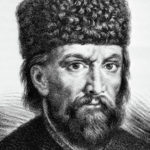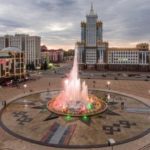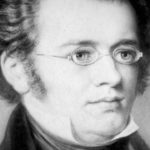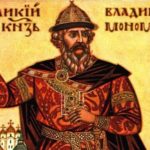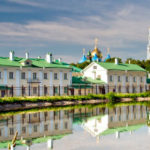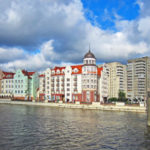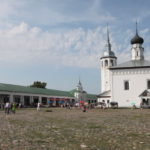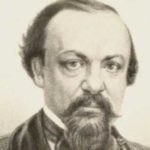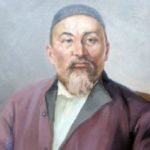22 interesting facts about Stepan Razin
 Stepan Razin, the famous rebel, who raised tens and hundreds of thousands of people to revolt, forever entered the history of Russia. Evaluations of his activities vary, but one cannot disagree with the fact that the riot of Ataman Razin entailed serious consequences for the whole country. And despite the fact that he was defeated, his name was forever inscribed on the lists of famous people.
Stepan Razin, the famous rebel, who raised tens and hundreds of thousands of people to revolt, forever entered the history of Russia. Evaluations of his activities vary, but one cannot disagree with the fact that the riot of Ataman Razin entailed serious consequences for the whole country. And despite the fact that he was defeated, his name was forever inscribed on the lists of famous people.
At the peak of popularity, he enjoyed a fair amount of popular love. Dozens of songs were composed about him, fifteen of which have survived to this day.
In Russian cities there are four monuments to Stepan Razin.
The largest lake in Romania, Raselm, got its name in honor of the rebellious ataman.
After the death of Stepan Razin, legends about his incredible abilities, such as heroic strength and the ability to see people through and through, went on for a long time.
One of the cliffs on the Volga, the largest river in Europe, is named after Stepan Razin.
The surname “Razin” came from the nickname of his father, whose name was Timothy Razya.
Stepan Razin’s birthday is still unknown. But 110 years later, in the same Cossack village, Emelyan Pugachev, another rebel who shook all of Russia, was born.
After the suppression of the uprising, Stepan Razin was publicly executed in Moscow on Red Square. Before his execution, he was tortured for a long time in prison.
The Razin Rebellion served as the basis for five films.
Five settlements and about fifteen streets in Russia are named after him.
The last word of Stepan Razin, uttered by him before his death, was “Sorry.” But he turned to the people, and not to his executioners.
The legend that the chieftain allegedly drowned the Persian princess, with whom he was in love, is widespread. However, there is no evidence of the reality of this story.
The rebellion of Stepan Razin was suppressed due to betrayal. Other chieftains captured him and handed over to the authorities. Among the traitors was his own godfather.
In the best of times, the Razin army numbered about two hundred thousand people.
During the Razin uprising, Cossacks often fought with the Cossacks. The Don Cossacks followed him, while the Ural Cossacks remained faithful to the throne.
Despite the fact that not all the country supported Stepan Razin, many cities hospitably opened the gates to his troops, thereby supporting his rebellion.
Ataman has repeatedly stated aloud that he is not an enemy of the king and his family. At the same time, he officially declared war on all representatives of the government, except the royal family.
The strengthening of serfdom also contributed to the replenishment of Stepan Razin’s army. Many peasants fled from their landowners to the free Don, where they joined the rebel chieftain’s army.
The elder brother of Stepan Razin, also a Cossack chieftain, was executed by order of Prince Dolgoruky. Most historians agree that the desire for revenge has become one of the causes of the Razin uprising.
The film “Ponizovaya Volnitsa”, the first film entirely shot in the Russian Empire, spoke specifically about the uprising of Stepan Razin.
When he raised his rebellion, he was already a full-fledged chieftain, and enjoyed great authority.
A lot of reliable facts are known about the life of Stepan Razin thanks to the famous Dutch traveler Jan Streis. He in his travels several times personally met with the chieftain, and in his travel diaries he indicated many facts of his biography.
